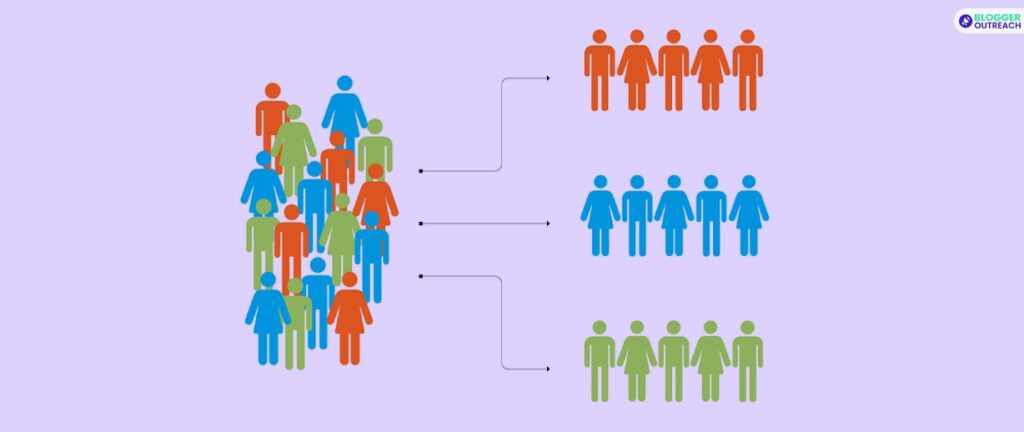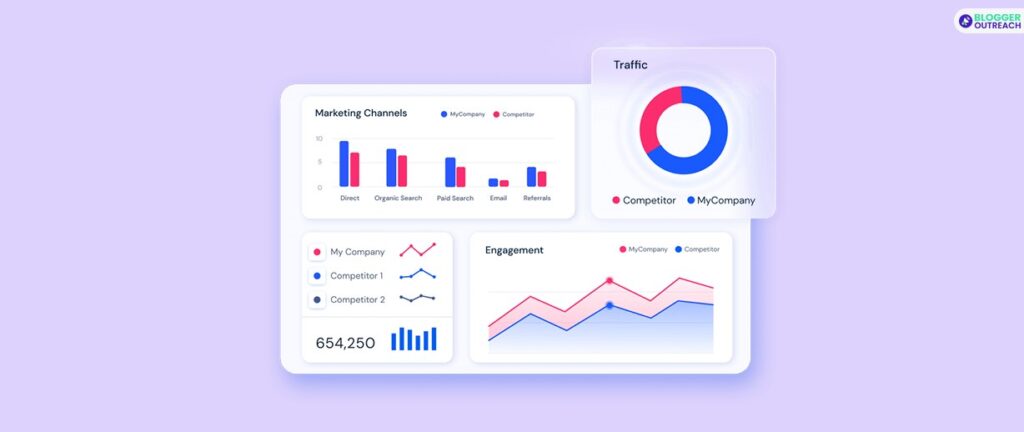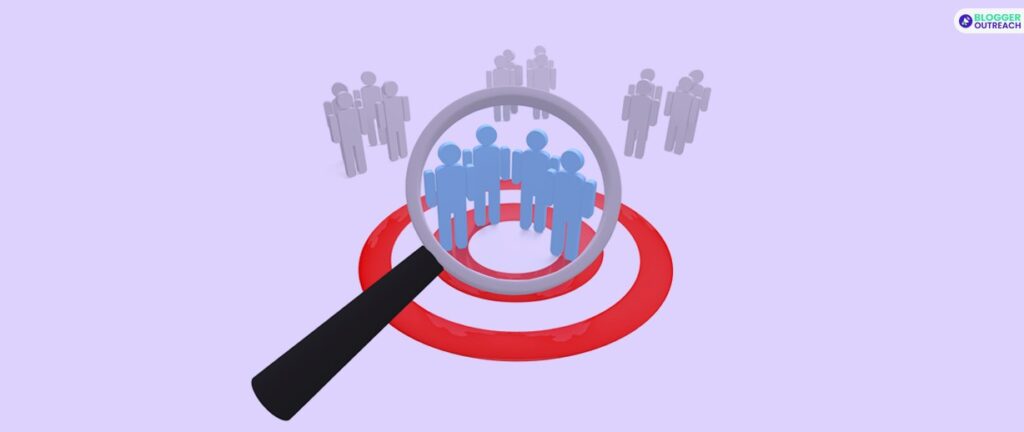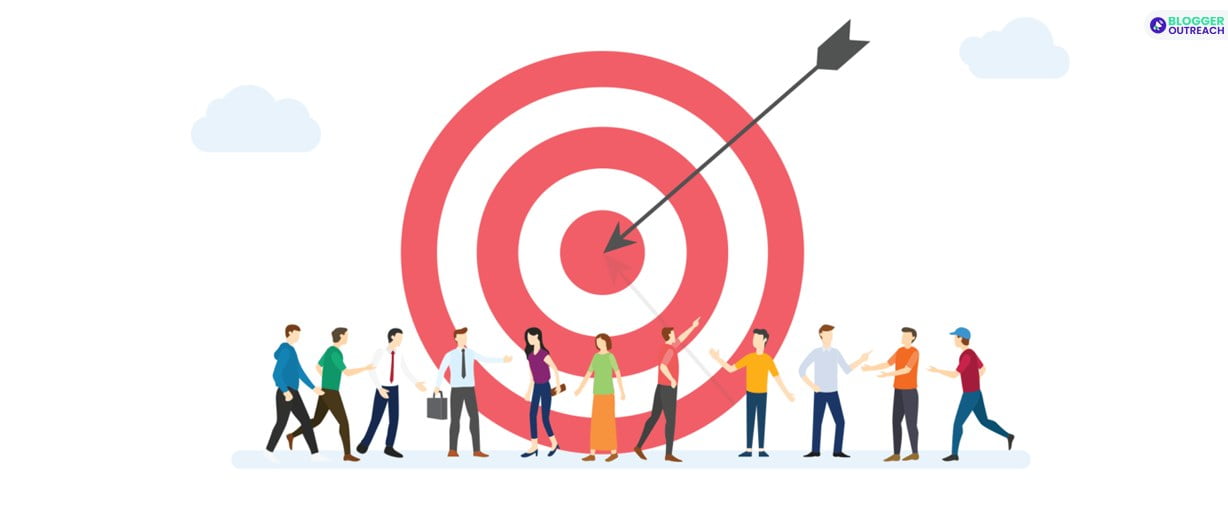What is the BIGGEST mistake made by newbie marketers?
Most people think that they can make everyone happy. Can you?
If you try to do that, you end up not pleasing anyone.
To ensure your message resonates with your audience, you must identify who they are.
Even if you have a top-notch product or content, it will only be successful if you reach the right people.
It’s crucial to pinpoint your target market and customize your message specifically for them. In short, speak their language and grab their attention.
Your target audience consists of people interested in engaging or buying from you.
They can have different job titles depending on your area of expertise. Some examples could be high-ranking executives, important influencers, decision-makers, or buyers with unique needs and want.
To succeed, it’s vital to pinpoint your target audience and connect with them as soon as possible.
This guide will equip you with all the necessary information and steps to achieve that goal.
Table Of Content
What Is A Target Audience In Marketing?

Your target audience is people who are more likely to buy your product or consume your content.
It would help if you had your marketing strategy to grab their attention and appeal to them. This could include everything from your email content to your tagline and brand story.
For example, a vegan food brand may target fitness enthusiasts.
A creche may target busy parents with children who want one that takes care of children with utmost care. A travel agency may target adventure seekers who enjoy hiking, camping, and exploring the great outdoors.
Types Of Target Audiences
The target audience varies with intent.
The demographic target audience depends on age, gender, income, education level, and other characteristics.
The purchase intent target audience includes potential customers actively searching for a particular product and seeking more details before purchasing.
Interest target audience is understanding people’s hobbies, interests, and entertainment preferences. This data helps companies discover what their potential customers are passionate about.
The psychographic target audience is based on personality traits, values, attitudes, and interests. Behavioural target audiences are based on past actions, such as previous purchases or online browsing history.
You can target Geographic target audiences based on specific regions. Depending on their objectives and the kind of products or services they offer, you can focus on one or more of these audience types.
How To Find Your Target Audience?
Let’s teach you a step-by-step plan that will aid you in speaking directly to your target audience.
1. Start By Knowing Them

As a business owner, you should have the most information about your target audience. Creating a thorough list of all the traits that make up a typical customer profile is essential.
Ask These Questions To Your Target Audience:
- Can you tell me about the problem you want to solve?
- How were you trying to solve the problem before coming to us?
- Did you face any issues with previous vendors you worked with?
- Were you unsure about choosing us? If so, why?
- What are the major challenges you encounter in your industry or field?
- What aspects of your job or daily routine are the most frustrating?
- What main concerns keep you up at night, whether related to work or personal goals?
- Could you please share how you first discovered our brand or business?
- What search terms or phrases did you use when looking for products/services similar to ours?
- Are there any particular blogs, websites, or newsletters you frequently follow or read that relate to this topic?
- Which social media platforms do you primarily use, and how do you generally interact with brands or businesses on those platforms?
- On average, how much time do you usually spend browsing the internet or using social media daily or weekly?
- What led you to choose our brand or business over our competitors?
- What do you consider the biggest benefit of using our product or service?
- Have you noticed any other positive outcomes or advantages of using our product or service?
- Which aspects of our brand or business do you like the most?
2. Segment Your Target Audience

Here you need to put your target audience into different segments. Segmenting your audience is dividing vast, similar markets into smaller, separate groups based on specific criteria.
You can identify and engage with your desired audience more efficiently by doing so. Customers within each segment share similar traits and needs concerning the products or services offered.
To conduct a survey effectively, it’s important to acknowledge that your social media followers may not necessarily be the same as your customers.
As a result, it’s crucial to keep the survey brief and focused on specific questions. Instead, you should gather demographic and behavioural data like location, age, occupation, household income, level of activity, and other brands followed.
Paying attention to those who engage more with your social profiles is also essential. Fortunately, free tools are available to analyze this data, such as the free tier offered by Buffer.
3. Analyze Industry Trends

Examining industry trends is comparable to market research as it assists in determining whether there are any opportunities that your product or service can fulfil.
Nevertheless, industry trends offer additional insights, particularly regarding popularity fluctuations.
Being aware of how industry trends influence your competitors and customers is crucial and will significantly impact the adjustment of your marketing tactics.
Certain trends can affect product sales – Seasonal, recurring, short-lived, or intense.
For instance, a product may have its peak season during Christmas, which means marketers should plan their campaigns to target customers a few weeks before the holiday.
4. Competitor Analysis

At this point, you acquire some basic knowledge about your target audience. It’s time to
analyze your competitors.
Examining your competition and their activities can help you find answers to crucial questions such as:
- Is your target audience aligned with your competitor’s target audience?
- Are they focusing on something that you haven’t paid attention to yet?
- How do they position themself in the market?
- What are the advertisement platforms that your competitor is using?
- What problems are they solving?
What Customer Pain Points Are They Addressing?
Examine all available information, such as ads and messaging. Compare your strategy to your competitors and note the similarities and differences. Even if you can’t determine their exact target audience, you’ll gain a general understanding of their approach and how successful it is. Furthermore, you can use this knowledge to enhance your methods.
Define Your Parameters Right
Remember to take this step of the process – it’s crucial. You must identify who your customer is not.
This step analyses your gathered data, such as customer interviews, social media following, website traffic, and your competitors’ audiences. The main goal is pinpointing the areas you don’t cater to.
If you are a sports goods supplier, however, you don’t sell gods related to baseball, then people related to baseball are different from your target audience.
Similarly, if you sell vegan foods, you’re not targeting anyone who loves non-veg.
Moreover, if you only serve customers within the US, then your target audience MUST include everyone in the country.
5. Who Is NOT Your Audience?

To determine who is not your target audience, you’ll want to examine all the data you’ve gathered, including:
- Customer interviews.
- Social media following.
- Website Traffic.
- Your competitors’ audiences.
Look for gaps you don’t cater to or areas your product or service needs to fit.
Imagine you’re a pastry chef specializing in creating intricate, gourmet desserts. You’ve discovered that your target audience is foodies willing to splurge on exquisite treats. But it’s also important to recognize who isn’t in your target audience.
People who prefer simple desserts, are on a strict diet, or prioritize affordability over quality may not be your ideal customers. Understanding who falls outside your target audience can tailor your menu and marketing efforts to appeal to your niche market and attract the right customers.
6. Refrain From Making Any Assumptions

To avoid making assumptions about your target audience, you must rely on research and data to inform your decisions.
For example, let’s say you’re starting an SEO agency and assume that your target audience is a great fan of SEO. However, after conducting market research, you discover that the people you’re targeting favour PPC.
By making assumptions about your target audience, you may miss out on potential customers and limit the growth of your business.
Instead, you should use data and research to identify your target audience’s preferences, behaviours, and demographics. This information can help you create a more accurate and effective marketing strategy that reaches the right people.
To know if your product truly works, testing is necessary. People may say they like your product, but what’s more important is the number of people who buy it.
Assuming people will be interested in your brand or product without proper research is not recommended. You must have adequate evidence before making any assumptions about potential customers.
Pinpoint Your Target Audience And Optimize Your Marketing Tactics
Knowing your target audience is necessary for any business.
It enables you to tailor your messaging and marketing efforts to reach the right people.
However, defining your target audience and moving on is insufficient. Your entire team needs to be aware of these profiles to ensure that every aspect of your business caters to the needs and interests of your audience.
It’s important to share these profiles with everyone on your team, from marketing and sales to product development and customer service.
Creating consistent messaging and experiences that resonate with your target audience is easier when everyone is aligned.
Remember, your target audience is not set in stone.
Stay attuned to your audience, and you’ll be better equipped to meet their needs and build lasting customer relationships.
Read Also:









